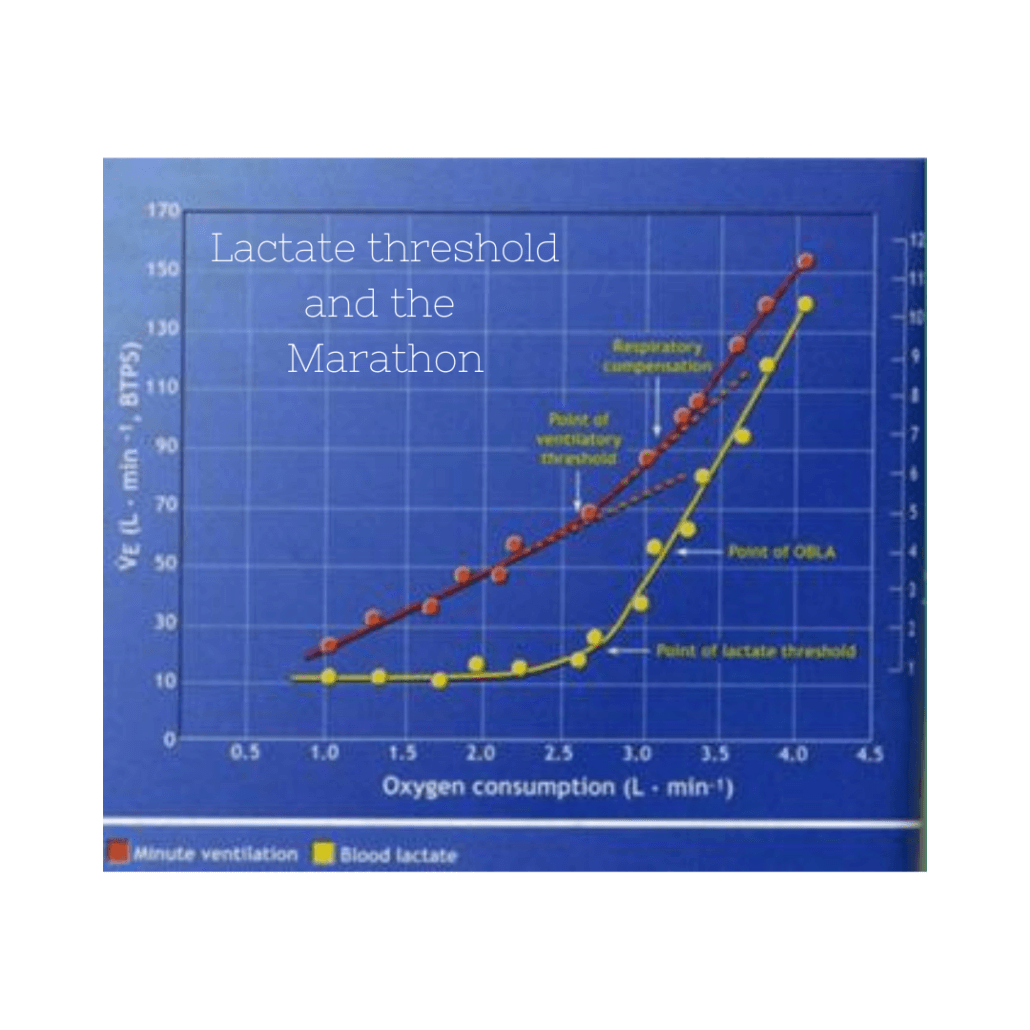A thought on what makes the shorter long run work
Podcast: Play in new window | Download
When we talk about long runs, the long run for the marathon is always the primary debate. For shorter races, even up to the half marathon, the long run is further than the race distance or at least up to a big percentage of what you’ll be racing. Yet, for the marathon, unless you go 20+ miles, the long run is going to not going to approach those same percentages. With that, when I prescribe a 16-mile long run, they are hesitant, if not downright defiant about not doing 16 miles.
I don’t want to rehash some of the things I have discussed at length some of the attributes of the marathon length, but there are certain “rules” that need to be laid out before we dive into some of the new topics I want to discuss. It’s not about 16 or 20, it’s about keeping the long run within certain guidelines that will allow for other aspects of training to occur. In other words, we aren’t putting all of our eggs in the long run basket. We want to share, fairly equally, the importance of marathon-paced running, and running faster than marathon pace. For our athletes, we want to keep long runs at less than 30% of total weekly volume and really under three and a half hours. This allows us to take part in all the other workouts during the week. I would argue that the 16 mile long run (which fits into the guidelines I just stated for the vast majority of our runners) allows us to do much harder training and accumulate more weekly volume for longer stretches of time than if we just killed ourselves to get in a bunch of 20 milers on Sundays.
Ok, with that out of the way, I want to hit on something that I didn’t discuss too much in blogs or in the book. So, you can pick up here if you are just here for the good stuff. This all goes back to the idea of super-compensation (If you are in the Run Club, watch out for a team talk about this), and how it relates to training. I have done blog posts on super-compensation in the past. You can see them here:
In terms of super compensation specifically for the long run, I want to first go back to the tempo on Thursday. A tempo run is going to take anywhere from about 24-30 hours to go through the immediate decline in performance ability to recover, to super-compensation. So, if you do your runs in the morning, that means by Friday morning to Friday afternoon, you have reached that full “recovery” phase and by Saturday morning you have reached super compensation. However, on a week you have a 16 mile long run you will usually have an 8-10 mile run before that. A run like that is probably going to take in the 12-24 hour range to recover from.
When I say recovery in this case, it’s referring mostly to glycogen replenishment. You are probably going to be at baseline, slightly below baseline, or slightly above baseline. Then you go and do the 16 mile long run. You put that all together, and you have put together 24-26 miles within a 24-26 hour period. That’s pretty good, right? I think so. So when Kevin says that the 16 miler you are doing is more like the last 16 miles of the marathon and not the first, this is a big part of why. You haven’t had so much recovery from your last SOS that you are in full super compensation mode. The key here though is that you have to be recovered enough from your previous SOS, which is why your easy runs have to be slow enough to allow that regeneration and recovery.
What I will see is runners wanting to take Saturday off completely and then run long on Sunday, which then takes away some of the effectiveness of the shorter long run. I’d almost say then your long run on Saturday and take Sunday off, in that case. Then you don’t negate what we just discussed. I don’t think it needs to be the full 8-10 because if you do a tempo on Thursday, you only get one day before the long run, so I don’t believe you need to push it farther than the 6 miles you probably have on your schedule.
The last part of this is to go back to whether 16 or 20 is the magic number. The truth is neither one are a magic number. My advice for people who are new to the Hansons Marathon Method and want to cheat that long run up, is just to be careful. It’s not an easy schedule. If you have been through the plan and feel like you are truly maxed out at what you can accomplish at that level, then start increasing the volume or changing the structure of the long runs. When you look at the criteria, at 60 miles peak, a long run can bump up to 18 and at 65 we’ll round up to 20 miles. What’s key is understanding what you are doing and why you are doing it. Try to look at things in bigger picture terms before narrowing the focus down to one run, because one run is impacted by what you did before and what you are going to do after. Hope that helps!
If you are interested in our full discussion on super-compensation, join the Run Club Lite or Run Club for access to all premium content. You can sign up at www.lukehumphreyrunning.com/membership




